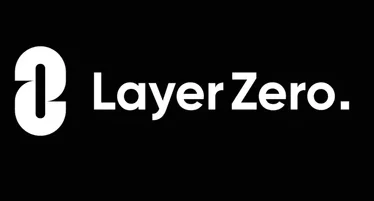In the rapidly evolving world of blockchain technology, cross-chain communication has emerged as a crucial area of development. The ability for different blockchains to seamlessly interact with each other has the potential to unlock a new wave of innovation and decentralization. One project that aims to address this challenge is LayerZero, an open-source protocol designed for secure, low-latency cross-chain communication
Understanding LayerZero
LayerZero is built on top of the Solana blockchain, a high-performance blockchain known for its scalability and speed. However, LayerZero is not limited to Solana and has been designed to be interoperable with other blockchains as well. This interoperability is achieved through a novel technique called “rollups,” which allows LayerZero to process transactions off-chain while reducing the load on the underlying blockchains.
Key Features of LayerZero
1. Secure
LayerZero prioritizes the security of user funds by employing several advanced security features. These features include:
- Rollups: LayerZero utilizes rollups to process transactions off-chain, minimizing the attack surface and enhancing security [1].
- Threshold Signatures: Transactions on LayerZero require multiple signatures to be approved, making it significantly more difficult for hackers to steal funds [2].
- Verifiable Random Function (VRF): LayerZero utilizes VRFs to generate random numbers that are unpredictable to attackers, enhancing the prevention of fraud and other malicious activities [3].
2. Low Latency
LayerZero is specifically designed to achieve high throughput and low latency, making it suitable for real-time communication applications such as gaming and decentralized finance (DeFi). The reduced latency ensures quick and efficient cross-chain communication, facilitating seamless interactions between different blockchains.
3. Interoperable
One of the standout features of LayerZero is its interoperability. It enables developers to build cross-chain applications that can communicate with each other across different blockchains. This capability opens up a world of possibilities for creating decentralized applications (dApps) that can leverage the strengths of multiple blockchains.
Applications of LayerZero
LayerZero’s innovative approach to cross-chain communication has already attracted the attention of several notable projects in the blockchain space. Some of the projects currently utilizing LayerZero include:
- The Graph
- Immutable X
- dYdX
- Osmosis
- Balancer
- Uniswap
- SushiSwap
- PancakeSwap
- Moonbeam
- Arbitrum
- Optimism
These projects recognize the potential of LayerZero in enabling secure and efficient cross-chain communication, further validating its importance in the blockchain ecosystem.
The Future of LayerZero
While still in its early stages, LayerZero holds significant promise for revolutionizing cross-chain communication. By enabling developers to build truly decentralized applications that can seamlessly communicate across different blockchains, LayerZero paves the way for a more interconnected and efficient blockchain ecosystem. Its security features, low latency, and interoperability make it an attractive option for developers and investors seeking to leverage the power of multiple blockchains.
Conclusion
In conclusion, LayerZero is an open-source protocol that aims to transform cross-chain communication. With its focus on security, low latency, and interoperability, LayerZero has the potential to reshape the blockchain landscape. By reducing the barriers to building decentralized applications that can interact across different blockchains, LayerZero empowers developers to create innovative solutions and drives the industry towards increased decentralization.


